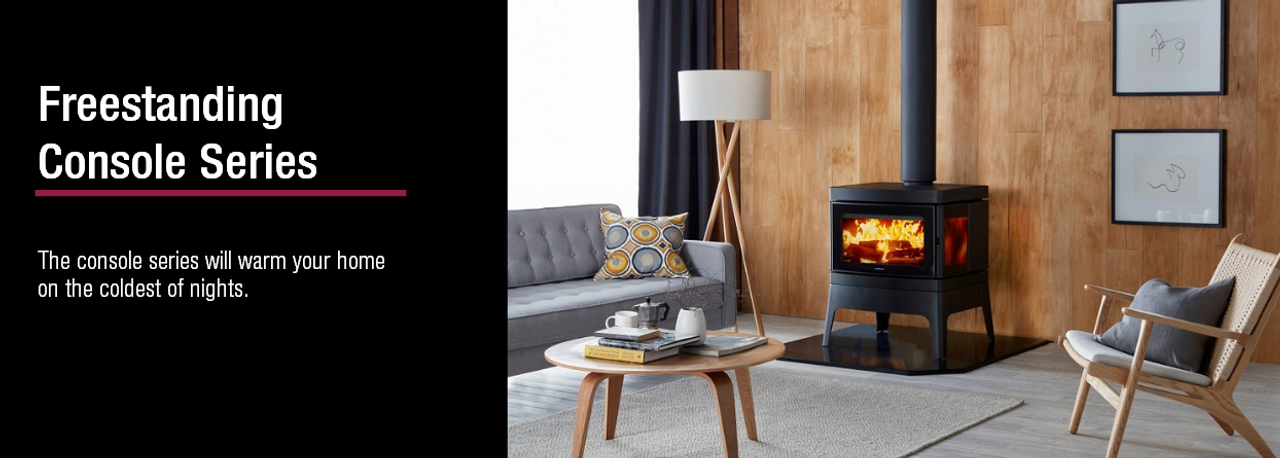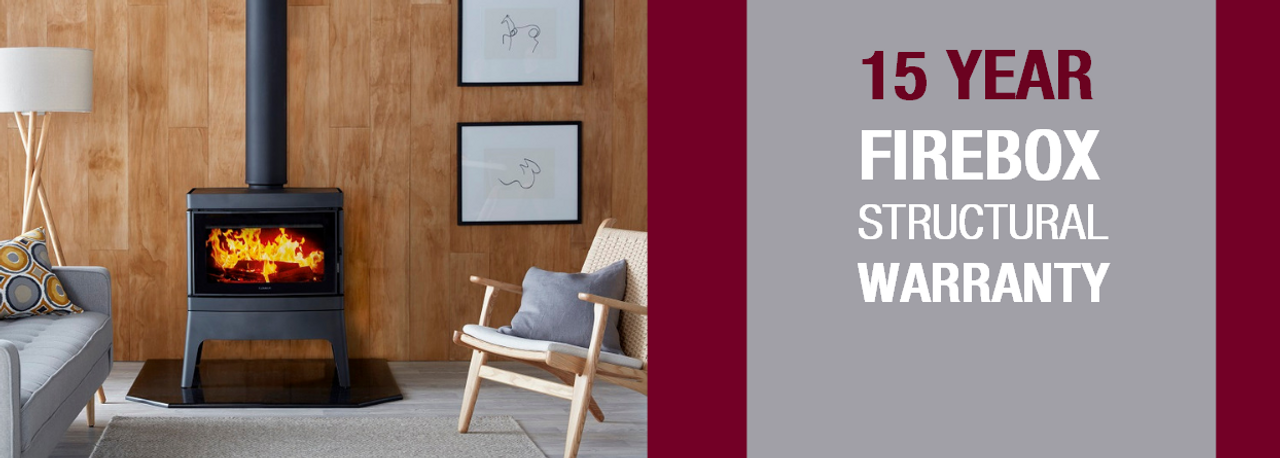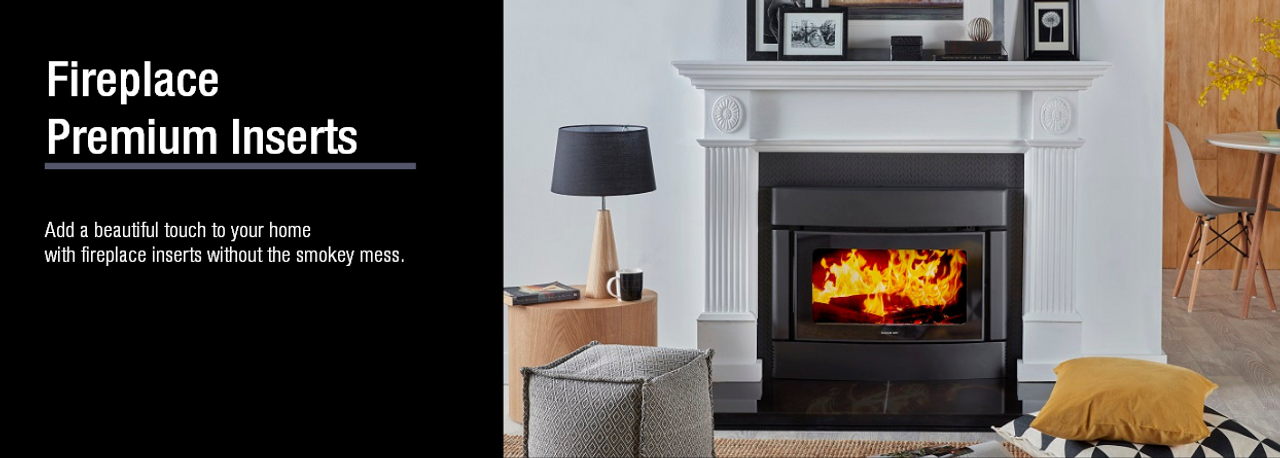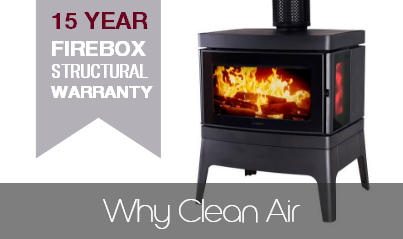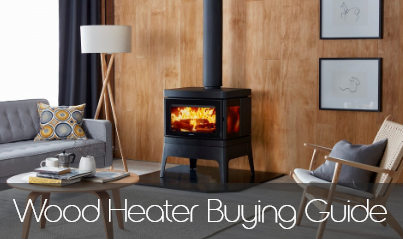

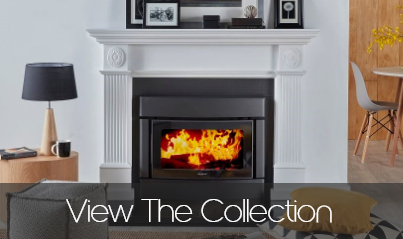
Keep your family cosy in the colder months with the warmth and timeless charm of a wood heater. Nothing can beat sitting in front of a roaring fire during those cold winter nights. This is one of the reasons why wood heaters have become so popular in the Australian household because it acts as an efficient and reliable source of heat. Wood heaters produce radiant heat which heats up an area faster and more efficiently than a traditional wood heater with only about 5-10% of the energy being used towards heating up the room with most of the heat going up the flue instead. Home heaters are the more efficient option when it comes to burning wood to produce heat, as the user has more control of the amount of oxygen the fire is exposed to and the amount of wood inserted. Another type of wood heater commonly used is convection heaters which emit heat through panels and fans, providing a well-distributed warmth to the room, or an entire house....
There will be no impacts on your health if you are using your wood heater and fire place correctly. If you are going to purchase a wood heater or a fireplace, it is important that you are using the correct wood such as hardwood that is dry and seasoned. This will allow for a long efficient burn time which produces less smoke. Do not use wet unseasoned wood, rubbish and waste to fuel your fire. They all contain many chemical substances which is considered harmful and can cause hazardous air pollutants that can pose as a health risk. Make sure that you are getting a professional to install your wood heater and that you are operating it correctly.
Wood heaters are not and will not be banned at a National level in the foreseeable future. In some very high-density living areas, some restrictions on the usage of a wood burning heater may apply. Ensure to check with your local government to find out if there are any restrictions in your area.
Carbon monoxide (CO) is produced when fuels such as wood, gas, charcoal, oil etc are burned which are by-products of the combustion process. CO is not at all detectable since it is completely colourless, odourless and tasteless. If your wood heater is poorly installed, improperly vented or leaking, it can cause CO levels inside the home. This is easily preventable to ensure the safety of your family if you are wanting to use the wood heaters on those cold winter nights. With regular maintenance of your wood heater, you will need to make sure the chimney or your flue is always properly and reguargly cleaned. It is an easy way to prevent build-up of carbon monoxide in your house by allowing air to circulate throughout your home.
Wood heaters are safe for your health and how you use a wood heater is what determines the affect of the air quality inside your home. It is advised that you get a professional to install your wood heater and to take proper care by operating it correctly. You will recognise that if you do not take proper care, the wood heater will function poorly which can contribute to air quality concerns and to your health. To ensure the safety of your health and your family, it is important to regularly get your wood heater and flue cleaned. Ensure there is enough air circulating in your wood heater when you are adjusting the air intake or flue.
Clean Air wood heaters have been designed and developed in Australia, inspired by international trends and technologies. With our huge range of wood heaters, you will find the perfect Clean Air wood heater to suit your budget, style and home. With Australian design, German glass, Danish firebox lining and American coatings, Clean Air are a genuine global wood heater. Our low emissions and high efficiencies simply mean that a Clean Air wood heater is the perfect choice when looking for a quality wood heater to warm your home this winter.
When wood is burnt completely, it will produce carbon dioxide and water vapour which are released into the air with an ash residue. However, when wood isn’t properly burned with the use of wet unseasoned wood such as softwood, it produces smoke which has a number of complex mixture of chemicals and associated gases such as carbon monoxide and nitrogen oxides etc. that is harmful to human health.
To reduce the amount of air pollution for your wood heater, it requires you to operate your wood heaters correctly. Follow these easy and simple steps to help minimise the harmful effects of smoke pollution onto your families, residents nearby and the environment:
- Have the flue or chimney cleaned at least once a year to prevent any build up it can cause
- Burn only aged, dry hardwood that has been seasoned. Unseasoned wood contains a high moisture content around 70% of water, this causes it to smoke more during the burn
- Never leave a fire burning overnight
- Adjust the air damper on your wood heater to allow sufficient air flow to provide plenty of air circulation
- Avoid overloading your heater as this will cause it to smoulder
Terminologies vary country to country but in Australia a ‘Wood Stove’ is a cooking device and a ‘Wood Heater’ is a domestic home heating device.
The National standard for a wood heaters emission is 1.5 g/kg and all legal units will meet that standard. As a wood stove is a cooking device, they are exempt from this standard.
In health terms the less particle emissions a unit emits the better it is. The National standard is 1.5 g/kg and all legal units will meet that standard however some heaters emissions are as low as 0.5 g/kg which is 66% improvement on the allowable limit.
Once you purchase a wood heater, you then have an obligation to help reduce the air pollutants and ensure that you are making it less harmful to humans and the environment. To reduce smoke emissions when using a wood heater, it depends on the quality of the wood you are burning, getting it installed professionally, making sure the wood heater is being used the correct way and the maintenance.
If left uncleaned, your flue or chimney will start to build-up from a substance called creosote which refers to a thick black tar like substance. This can prevent the smoke from properly escaping into the atmosphere and instead produces carbon monoxide flumes into your house.
Smoke from a wood burning heater if inhaled out in the atmosphere is not harmful to a child unless the child has pre-existing repertory problems. To that child the smoke may cause similar breathing difficulties as pollens in the atmosphere.
Clean Air slow combustion wood heaters use low emission technology to gain maximum heat output with minimum emission into the atmosphere and do not pose a health risk. It is important to properly operate your wood heater and make sure that the flue is cleaned out on a regular basis to ensure the emissions are going out through the flue.
Animals love the warmth and even our pets love to snuggle up in front of the wood heater or fireplace. Curiosity usually gets the best of them and they may venture a bit too close and get burned from the heat. To ensure that this doesn’t happen, you will need take some extra precautions to make sure that your pet is safe.
Make sure that your wood heater or fireplace is safely gated at all times even when it is not in use. This will provide cautionary measures to ensure the safety of your pets from getting too close to the flames. It is important to never leave your pets alone around your wood heater and to always supervise your pets when they’re around the wood heater or fireplace. This is the most effective way to protect your pet with consistent supervision anytime your wood heater is on. If you have to leave the room for a few minutes, make sure you take them with you as leaving them unattended can be risky. Make sure that you should keep bedding, treats and any toys a safe distance away from the fireplace. This can also be a great way to train your pet to not get too close to the wood heater.
Our wood heaters are designed in Australia to burn hardwood and are tested to the most stringent of standards. The current joint Australian and New Zealand Standard 4013/4012 measure particulate emissions at under 1.5g/kg and efficiency at a minimum of 60% and we are proud to say all Clean Air wood heaters exceed the requirements of these standards.
Wood heaters are a great household heating source during the winter months. Wood heaters create less emissions than an open fireplace if you operate them properly. A slow combustion heater will produce less emissions because the fire is sealed in an airtight box allowing the flames to be controlled and ensuring the wood better burns through reducing particle emissions.
There are many other factors that will influence the efficiency level of a wood heater, if you are using less wood to generate heat, this will create less emissions if the heater is operating correctly. Fireplaces tend to use more wood and therefore create more emissions in comparison to a wood heater. They are generally less efficient with only around 5-10% efficiency since most of the smoke goes directly up the chimney and out into the atmosphere.
Clean Air wood heaters have been designed and developed in Australia, inspired by international trends and technologies. With our huge range of wood heaters, you will find the perfect Clean Air wood heater to suit your budget, style and home. With Australian design, German glass, Danish firebox lining and American coatings, Clean Air are a genuine global wood heater. Our low emissions and high efficiencies simply mean that a Clean Air wood heater is the perfect choice when looking for a quality wood heater to warm your home this winter.
The range of Clean Air wood heaters are designed to burn hardwood and are tested to the most stringent of world standards. The current joint Australian and New Zealand Standards 4013/4012 measure particulate emissions and efficiency and we are proud to say our heaters exceed the requirements of these standards.
When using a Clean Air wood heater, it does not add to the greenhouse effect. Clean Air manufacture slow combustion wood heaters using low emission technology to gain maximum heat output with minimum emission into the atmosphere.

